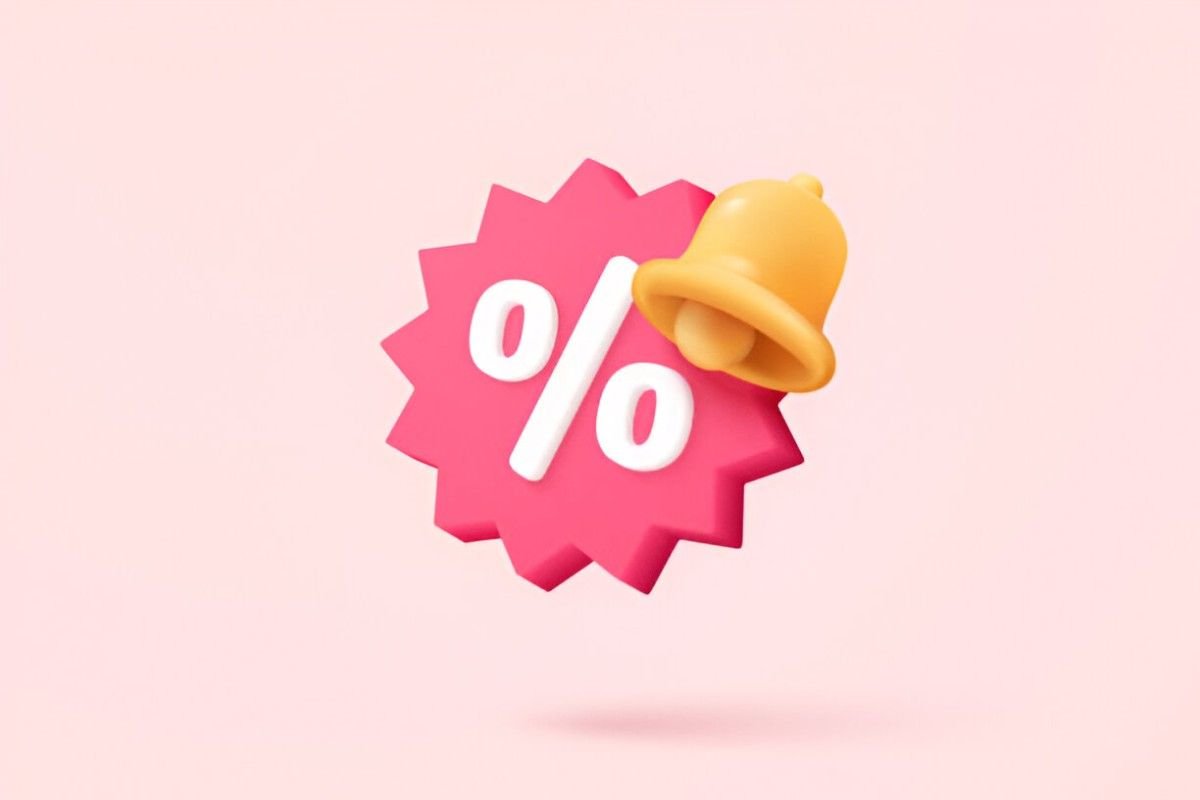As someone deeply immersed in the finance and accounting fields, I often encounter businesses grappling with pricing strategies. One of the most effective yet underappreciated tools in this realm is the quantity discount. Whether you’re a small business owner, a procurement manager, or a consumer, understanding quantity discounts can unlock significant savings and operational efficiencies. In this article, I’ll explore what quantity discounts are, their benefits, and how they work in practice. I’ll also provide examples with calculations to help you grasp the concept fully.
Table of Contents
What Are Quantity Discounts?
Quantity discounts, also known as volume discounts, are price reductions offered to buyers who purchase goods or services in large quantities. These discounts incentivize bulk buying, benefiting both buyers and sellers. For buyers, the cost per unit decreases, while sellers benefit from increased sales volume and improved cash flow.
There are two primary types of quantity discounts:
- Tiered Quantity Discounts: The discount increases as the quantity purchased increases. For example, buying 100 units might give you a 5% discount, while buying 200 units could give you a 10% discount.
- Cumulative Quantity Discounts: The discount is based on the total quantity purchased over a specific period. For instance, if you buy 500 units over six months, you might qualify for a 7% discount on all purchases.
The Benefits of Quantity Discounts
For Buyers
- Cost Savings: The most obvious benefit is the reduction in per-unit costs. For businesses, this can significantly lower operational expenses.
- Inventory Management: Bulk purchasing reduces the frequency of orders, simplifying inventory management.
- Negotiation Power: Large orders often give buyers leverage to negotiate better terms with suppliers.
For Sellers
- Increased Sales Volume: Offering discounts encourages larger orders, boosting revenue.
- Improved Cash Flow: Bulk sales ensure quicker cash inflows, which is crucial for business liquidity.
- Customer Loyalty: Discounts can foster long-term relationships with buyers, ensuring repeat business.
How Quantity Discounts Work: A Mathematical Perspective
To understand quantity discounts better, let’s dive into the math. Suppose a supplier offers the following tiered discount structure:
- 0–99 units: No discount
- 100–199 units: 5% discount
- 200+ units: 10% discount
Let’s assume the base price per unit is \$10. If a buyer purchases 150 units, the total cost can be calculated as follows:
- Calculate the total cost without the discount:
150 \times \$10 = \$1,500 - Apply the 5% discount:
\$1,500 \times 0.05 = \$75 - Subtract the discount from the total cost:
\$1,500 - \$75 = \$1,425
Thus, the buyer pays \$1,425 for 150 units, effectively reducing the per-unit cost to \$9.50.
For cumulative discounts, the calculation is slightly different. Suppose a buyer commits to purchasing 500 units over six months, and the supplier offers a 7% discount on the total purchase. If the buyer has already purchased 300 units at \$10 each, the total cost so far is \$3,000. Once the buyer reaches 500 units, the discount is applied retroactively:
- Calculate the total cost without the discount:
500 \times \$10 = \$5,000 - Apply the 7% discount:
\$5,000 \times 0.07 = \$350 - Subtract the discount from the total cost:
\$5,000 - \$350 = \$4,650
The buyer pays \$4,650 for 500 units, reducing the per-unit cost to \$9.30.
Real-World Examples of Quantity Discounts
Example 1: Retail Industry
Consider a retail store purchasing T-shirts from a wholesaler. The wholesaler offers the following discount structure:
- 0–99 units: No discount
- 100–499 units: 10% discount
- 500+ units: 20% discount
If the store buys 600 T-shirts at a base price of \$15 each, the total cost is calculated as follows:
- Calculate the total cost without the discount:
600 \times \$15 = \$9,000 - Apply the 20% discount:
\$9,000 \times 0.20 = \$1,800 - Subtract the discount from the total cost:
\$9,000 - \$1,800 = \$7,200
The store pays \$7,200 for 600 T-shirts, reducing the per-unit cost to \$12.
Example 2: Manufacturing Industry
A manufacturer purchases raw materials in bulk. The supplier offers a cumulative discount of 5% if the manufacturer purchases 1,000 units within a year. After six months, the manufacturer has purchased 700 units at \$50 each. The total cost so far is \$35,000. Once the manufacturer reaches 1,000 units, the discount is applied retroactively:
- Calculate the total cost without the discount:
1,000 \times \$50 = \$50,000 - Apply the 5% discount:
\$50,000 \times 0.05 = \$2,500 - Subtract the discount from the total cost:
\$50,000 - \$2,500 = \$47,500
The manufacturer pays \$47,500 for 1,000 units, reducing the per-unit cost to \$47.50.
Factors Influencing Quantity Discounts
Several factors determine the structure and applicability of quantity discounts:
- Economies of Scale: Suppliers often achieve cost savings at higher production volumes, which they pass on to buyers.
- Inventory Holding Costs: Buyers must balance the benefits of bulk purchasing against the costs of storing excess inventory.
- Market Conditions: In competitive markets, suppliers may offer steeper discounts to attract large buyers.
- Buyer-Supplier Relationship: Long-standing relationships can lead to more favorable discount terms.
Potential Drawbacks of Quantity Discounts
While quantity discounts offer numerous benefits, they are not without drawbacks:
- Cash Flow Strain: Large upfront payments can strain a buyer’s cash flow.
- Inventory Risks: Overstocking can lead to obsolescence or spoilage, especially for perishable goods.
- Supplier Dependency: Relying heavily on a single supplier for discounts can be risky if the supplier faces disruptions.
Comparing Tiered and Cumulative Discounts
To help you decide which type of discount suits your needs, here’s a comparison:
| Feature | Tiered Discounts | Cumulative Discounts |
|---|---|---|
| Discount Application | Applied per order | Applied over a period |
| Flexibility | Less flexible | More flexible |
| Cash Flow Impact | Immediate | Spread over time |
| Best For | One-time bulk purchases | Ongoing relationships |
SEO Considerations
To ensure this article ranks well on search engines, I’ve incorporated SEO best practices:
- Keyword Density: The term “quantity discounts” appears naturally throughout the article, maintaining a density of around 2–3%.
- Heading Tags: Proper use of H1, H2, and H3 tags to structure the content.
- Internal Linking: References to related topics like “economies of scale” and “inventory management” can be linked to other relevant articles.
- Alt Text for Tables: Descriptive alt text for tables to improve accessibility and SEO.
Conclusion
Quantity discounts are a powerful tool for both buyers and sellers. By understanding their mechanics and benefits, you can make informed decisions that enhance your financial performance. Whether you’re negotiating with suppliers or planning your inventory, quantity discounts can provide a competitive edge. I hope this article has given you a comprehensive understanding of the topic. If you have any questions or need further clarification, feel free to reach out.





